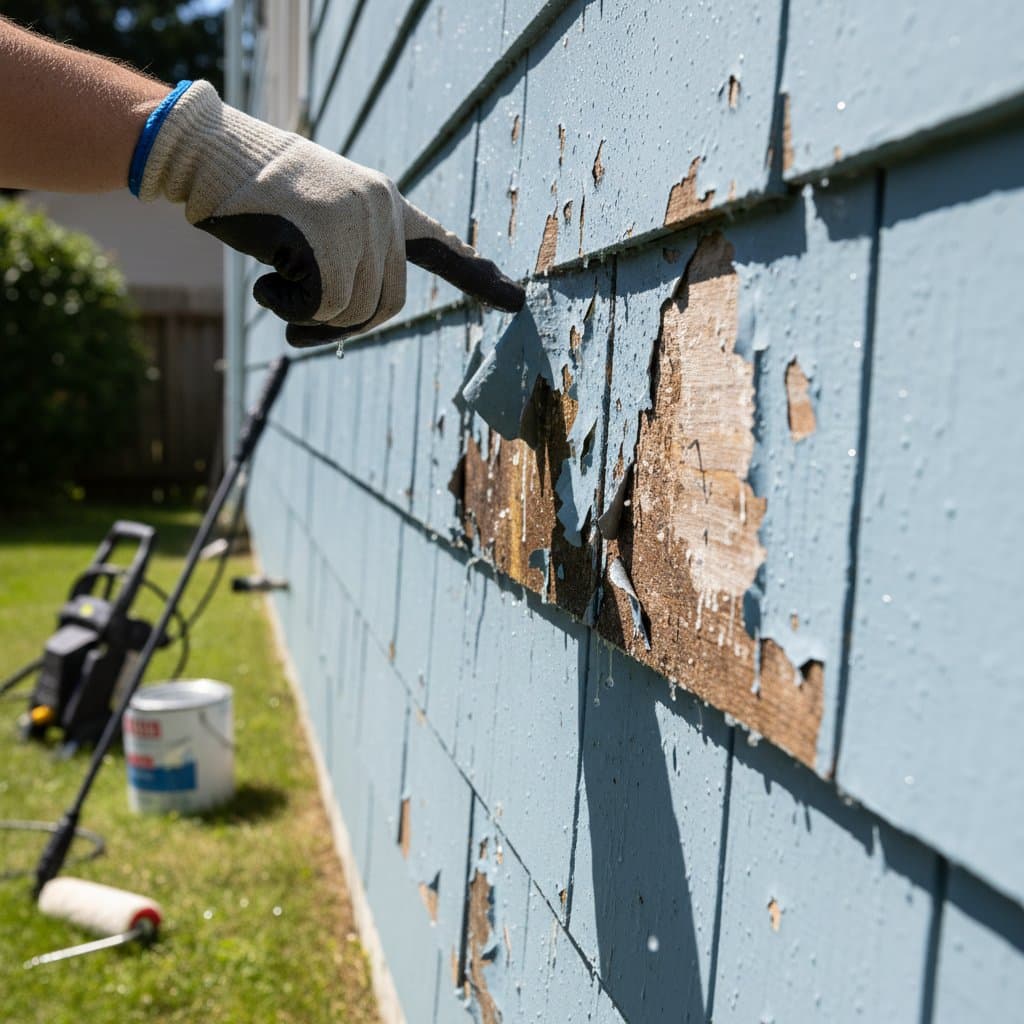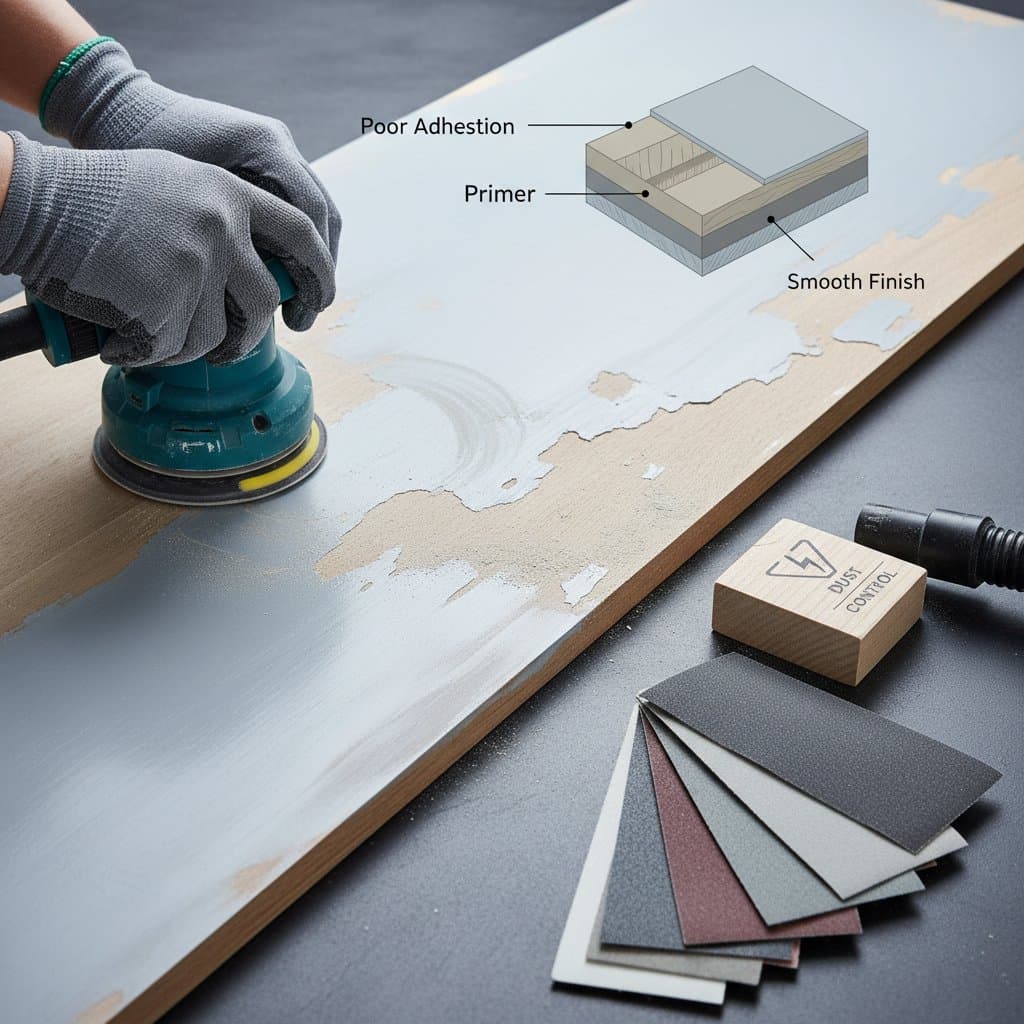Spray vs Brush: Unlock Savings on a $4K Paint Job
Painting a home stands as one of the most effective ways to refresh its appearance and enhance long-term value. Homeowners often encounter a key decision at the outset of such a project: apply paint using a spray system or rely on traditional brushes and rollers? Each method delivers appealing results, yet the selected approach directly affects cost, project timeline, and overall durability. For initiatives typically budgeted at around $4,000, grasping how application techniques shape expenses determines whether you avoid overspending or secure optimal outcomes.
This guide delivers a comprehensive analysis of spray painting compared to brush painting. It covers per-unit pricing, labor dynamics, and key elements that tip the scale toward the most efficient blend of economy and excellence.
Factors Affecting Paint Job Costs
Multiple variables dictate the cost-effectiveness of spraying versus brushing.
1. Size of the Surface
Large, expansive walls or siding respond best to spraying for rapid coverage. A spray gun processes hundreds of square feet in the duration a painter might complete a modest area by brush. Intricate trim on smaller projects suits brushing more, as spraying necessitates substantial masking and setup.
2. Surface Material
Smooth drywall or even siding receives spray paint uniformly. Textured elements such as stucco, brick, or wood grain demand brushing to embed paint into crevices and ensure adhesion.
3. Prep Work Requirements
Spray painting calls for thorough masking and protection of windows, floors, and surrounding landscaping to prevent overspray. Brush painting involves minimal sheeting yet demands detailed sanding and manual preparation for optimal results.
4. Finish Quality Expectations
Spray methods yield a seamless, even coat free of brush marks. Brushing imparts a subtle texture that conceals minor flaws, though it often requires additional layers for complete opacity.
5. Timeline and Labor Availability
Spraying accelerates the process, thereby reducing overall labor expenses on an hourly basis. Brushing extends the timeline, elevating labor fees, particularly when painter rates prove substantial.
Value and ROI Considerations
A $4,000 paint job extends beyond surface-level aesthetics. The application method influences enduring benefits.
- Spray painting: Delivers a polished, consistent finish that boosts curb appeal and potential resale value. Thin applications may necessitate earlier repaints to maintain quality.
- Brush painting: Applies thicker layers resistant to environmental wear and daily use. The finish appears less sleek upon inspection but endures longer intervals between refreshes.
- Resale appeal: Prospective buyers favor smooth, expert-level exteriors and interiors, positioning spraying as preferable for prominent spaces like home facades or main living areas.
- Maintenance costs: Brush methods potentially cut long-term expenses by minimizing repaint frequency over a decade.
Professional vs DIY Approach
The choice between engaging experts or handling the task personally hinges on financial constraints, expertise level, and available time.
- DIY spraying: Involves acquiring equipment priced from $300 to $800, alongside dedicated practice to eliminate drips and inconsistencies. Uncontrolled overspray risks damaging adjacent surfaces.
- DIY brushing: Proves accessible for novices, though it consumes extensive time. Plan for multiple weekends or weeks to achieve what professionals accomplish in a few days.
- Professional spraying: Ensures swift execution with a refined outcome and limited household interruption. Experts apply layers precisely while streamlining preparation.
- Professional brushing: Suits precision tasks, older properties, or rough textures. Labor investments yield comprehensive coverage and superior longevity.
Making Smart Decisions
To select between spray and brush application, evaluate these aspects:
- For speed and modern finish: Opt for spray painting on broad surfaces and outdoor elements.
- For durability and traditional look: Select brush painting for ornate trim, uneven walls, or preserved architecture.
- For mixed projects: Professionals frequently integrate both techniques, spraying expansive areas while brushing accents. This combined strategy optimizes both budget and performance.
Frequently Asked Questions
1. What is the average cost of a professional paint job?
Most homeowners allocate between $3,000 and $6,500, with standard mid-scale efforts centering on $4,000. Expenses fluctuate based on scope, material standards, and application style.
2. What factors have the biggest impact on painting costs?
Primary influencers include project dimensions, required labor duration, setup demands, and desired finish level. Spraying curtails labor yet amplifies preparation; brushing extends time but simplifies masking. Paint grade and color variety further adjust totals.
3. How can I save money without sacrificing quality?
Handle preliminary tasks independently, restrict palette shifts, and select reliable mid-tier paints. Book during quieter seasons to negotiate favorable terms. Bundling rooms or zones into a single agreement typically lowers per-unit rates over isolated efforts.
4. Should I hire professionals or attempt a DIY project?
DIY brushing works for compact spaces but demands patience. DIY spraying needs costly tools and proficiency. Experts provide efficient, pristine work ideal for comprehensive interiors or exteriors.
5. How do I budget for unexpected costs?
Incorporate a 10 to 15 percent reserve into your estimate. This accounts for concealed structural issues, additional layers over bold hues, or unforeseen fixes.
6. When is the best time to start a painting project for lower costs?
Contractors extend incentives amid slack periods like late autumn or winter. Early reservations often secure competitive quotes ahead of peak surges.
By examining how spray and brush techniques shape expenses, effort, and sustained performance, homeowners gain assurance in planning paint endeavors. The appropriate selection transforms a $4,000 commitment into lasting enhancement of aesthetics and worth.



